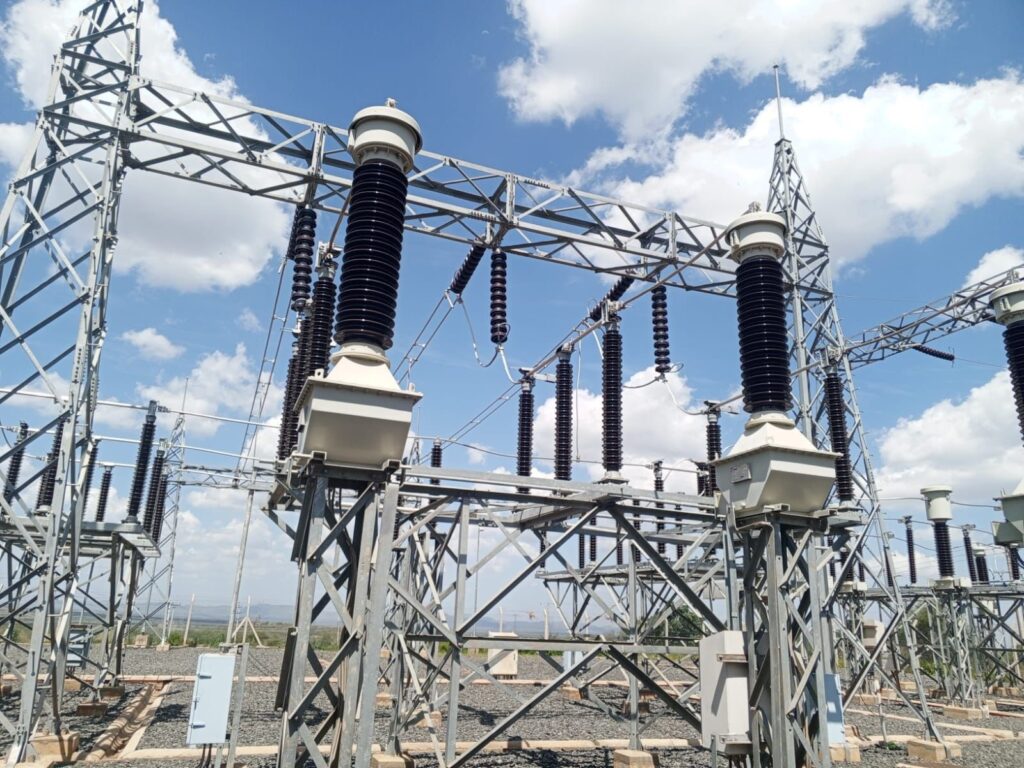Current Situation
Uganda currently boosts of a combined electricity capacity of 2022.7 MW (inclusive of Karuma, an asset under construction). The bulk of this supply is from the hydropower dams, with the bagasse, oil fired and solar powered plants acting as supplements. Based on the average energy factor of Uganda’s hydro-power dams, the adjusted electricity capacity stands at 1720MW of electricity. Furthermore, factoring in the planned maintenance factor, final adjusted electricity capacity of Uganda comes to 1462MW of electricity. The final adjustment factor for the distribution and transmission losses brings Uganda’s realized capacity at 1243MW of electricity.
This Electricity strategy document has considered the realized capacity of 1243MW of electricity as the planning baseline. The current peak maximum demand stands at 893 MW, thus a surplus of only 350MW. The objective of this document is to make an urgent call for accelerated investment in the electricity infrastructure to combat a crisis in the ten-year period 2025-2035. As of 2024, this is the electricity situation of Uganda.
| Realized Electricity Capacity (2024) | 1243MW |
| Maximum Peak Demand (2024) | 893MW |
| Surplus | 350MW |
From Surplus to Deficit
Although Uganda could claim a 350MW surplus, Ortega Group projects that this will soon convert into a deficit in the period 2025 to 2030.
- Growing Population
Uganda’s current population is estimated at 48 million people and is projected to reach 69 million by 2030. Domestic usage accounts for 22% of Uganda’s electricity demand thus a current domestic demand of 196.46MW. By 2030, this domestic demand will grow to 300MW.
2. Industrialization Requirements
We have combined the demand requirements of the commercial, medium industrial, large industrial, extra large industrial and street lighting thus giving a 78% contribution to electricity demand. This combined demand currently stands at 696.54MW. By 2035, this requirement according to our energy model is expected to have grown to 8885MW.
3. The New Demand
Thus, the combined electricity demand in Uganda in 2035 is estimated at 9185MW. This takes into consideration the growing commercial and industrial requirements, the growth in domestic consumption and the other requirements around street lighting. Does Uganda have a plan for addressing this gap? Does Uganda plan to invest ahead of this demand?
The Strategic Imperatives
At a current realized capacity of 1243MW, Uganda needs to add an extra 7942MW to its grid in the next 10 years to meet its projected demand of 9185MW. To do this, Uganda’s strategy must be underpinned by both the time and cost factor. Time (because all energy projects take more than 8 years from inception to commissioning), cost (because Uganda must figure out a financing strategy for these infrastructure projects). Ortega Group recommends the below electricity strategic imperatives:
- Accelerate Investment in Large Capacity Generation (1000MW and above)
Uganda must accelerate investment in a large capacity generation project. That’s to say, Uganda should prioritize generation projects that are going to deliver no less than 1000MW. Ayago project should be sized upwards from 840MW into the tune of 1000MW and fast-tracked for a ground-breaking in 2025. Phase One of the Buyende Nuclear Power Plant should also be prioritized to guarantee the 2000MW delivery. Uganda must deliberately rethink all planned power projects that deliver less than 500MW. The country must make this trade-off, with stretched power factors of 0.9.
2. Urgently embark on the Overhaul and Expansion of the Transmission and Distribution Lines
Uganda experiences some of the highest transmission and distribution losses, averaging more than 18%. This implies that 18% of the electricity that’s generated, is lost along the way. First, Uganda must prioritize and approve distribution at high voltage of 66KV over the long distances. Uganda’s transmission network stands at 2569.8 kilometres of electric lines while the distribution network is at 45,423.1 km. As a result, several distribution lines are also used as transmission lines, resulting in inefficiencies and losses. Uganda must fast-track the two-way transmission rings around Northern Tanzania, Southern Sudan, and DRC Congo. In particular, the 400KV Lake Victoria Ring should take priority.
3. Constitute a Uganda Electricity Strategy Cross-Functional Team (CFT)
Given the risk in delaying the infrastructure investment, Uganda should urgently constitute an electricity strategy cross-functional team. This team should consist of all the key players in the electricity value chain, inclusive of the financing players. This CFT will help overcome the siloed working that contributes to most of the delays in implementation. The mandate of this CFT should run till 2035 with a quarterly review and report to the Cabinet on progress.

